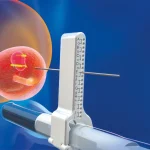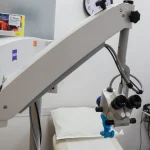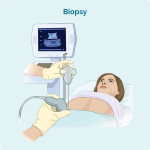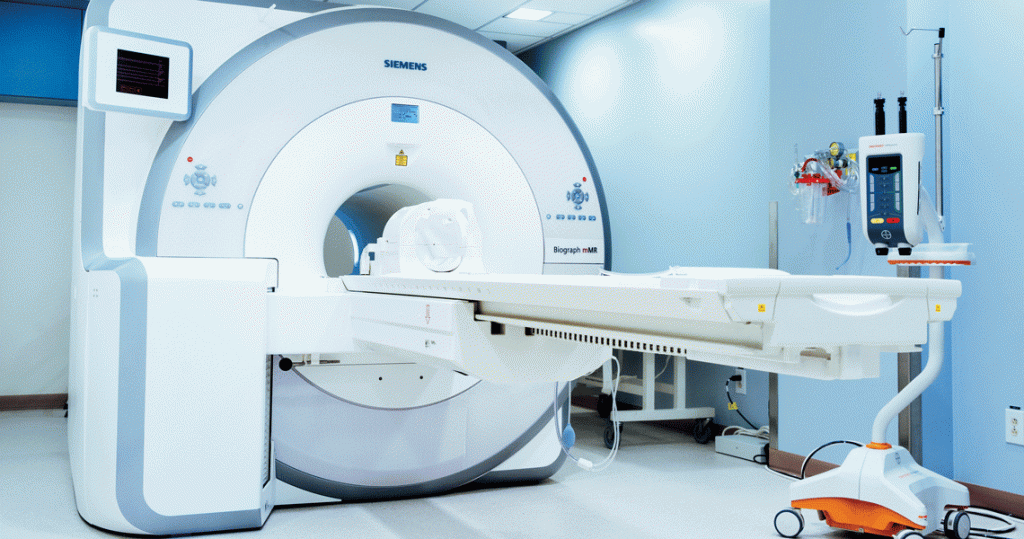
A PET-MRI scan combines a PET scan and an MRI scan into one to give detailed information about your cancer.
PET stands for positron emission tomography. It uses a mildly radioactive liquid (radioactive tracer) to show up areas of your body where cells are more active than normal.
MRI stands for magnetic resonance imaging. It uses magnetism and radio waves to create cross section pictures of the body. It shows up soft tissues very clearly.
You usually have a PET-MRI scan in the nuclear medicine or radiology department as an outpatient. These scanners tend to be only in the major cancer hospitals. So you might have to travel to another hospital to have one.
A radiographer operates the scanner. It usually takes about 45 minutes, but can take longer.
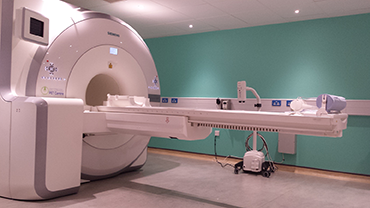
Why do I need a PET-MRI scan?
You might have a PET-MRI scan:
- to work out where your cancer is and how big it is (the stage)
- to plan your treatment
- to check how well your treatment is working
- as part of a research project
Preparing for your PET-MRI scan
Eating and drinking
For most PET-MRI scans you need to stop eating about 4 to 6 hours beforehand. You can usually drink water during this time. This may also include black tea and coffee that doesn’t contain sugar, milk, or cream. Follow the instructions given to you by your hospital.
You might have instructions not to do any strenuous exercise for 24 hours before the scan.
Call the number on your appointment letter if not eating is a problem for you, for example, if you’re diabetic. You might need to adapt your diet and sugar control, and your appointment time could change.
Feeling claustrophobic
Some people feel claustrophobic when they’re having a scan. Contact the department staff before your test if you’re likely to feel like this. They can take extra care to make sure you’re comfortable and that you understand what’s going on. Your doctor can arrange to give you medicine to help you relax if needed.
Safety checklist
Before you go to your appointment, or when you arrive, you fill in a safety checklist. This asks about:
- any operations you have had
- whether you have any metal implants or other metals in your body
A PET-MRI scan uses strong magnets which could affect any metal in your body. This includes:
- pacemakers or an implantable defibrillator (to treat abnormal heart rhythm)
- surgical clips, pins or plates
- cochlear implants (for deafness)
- metal fragments anywhere in your body – for example from an injury
You can still have the scan if you have some metals in your body, but your doctor and radiographer decide if it’s safe for you. Tell the scanner staff about any metals in your body.
If you’re pregnant
Tell the department staff beforehand if you are or think you might be pregnant.
Bringing someone with you
You might want to bring someone with you for company while you wait for your scan.
It’s safe to take a relative or friend into the scanning room with you. But check with the department staff first. Your friend or relative will also need to remove any metal they have on them.
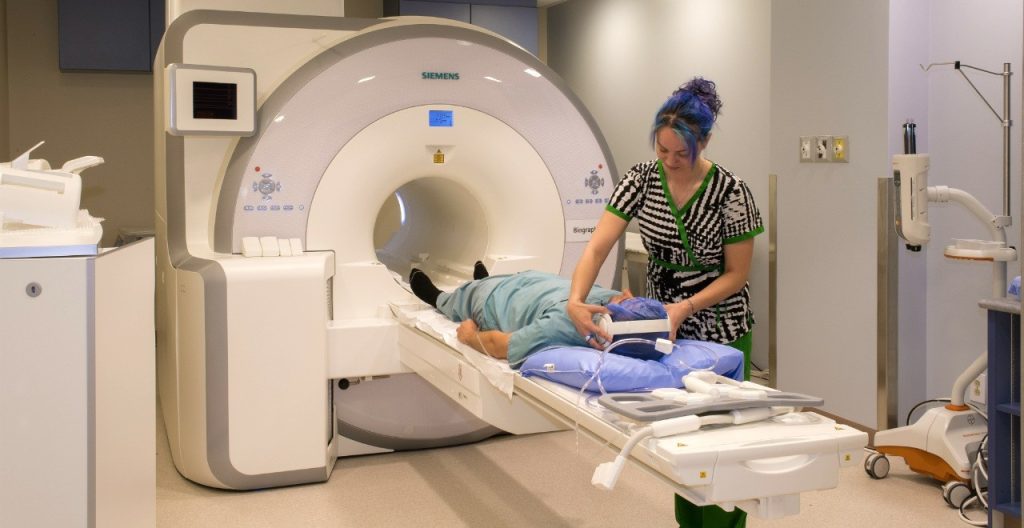
What happens
When you arrive in the scanning department your radiographer asks you to change into a hospital gown. You remove any jewellery and other metal objects such as a belt, wired bra, hair clips and coins.
Your radiographer puts a small plastic tube (called a cannula) into the back of your hand or arm.
They then give you the injection of the radioactive tracer. This is usually about an hour before the scan. But in some cases you might have the PET-MRI scan straight away.
The radioactive tracer is a radioactive sugar. The one commonly used is called FDG (fluorodeoxyglucose). Cancer cells are very active when they are growing and reproducing in a specific area. They need energy to grow. So, active cancer cells take up the FDG which then shows up brighter on the scan.
You need to rest and avoid moving too much while you wait for your scan. This allows the radioactive tracer to spread through your body and into your tissues.
In the scanning room
Your radiographer takes you into the scanning room. The PET-MRI machine is large and shaped like a large tube.
You have most scans lying down on the machine couch on your back. Your radiographer places a sheet or a plastic case over your body. This improves the picture from the scan.
You might have an injection of a dye (contrast medium) into your cannula during the scan. This is a dye that helps to show up your body organs more clearly.
The contrast can:
- make you feel sick
- give you a headache
- make you feel warm and flushed for a minute or two
- give you a metallic taste in your mouth
- make you feel a little dizzy
- make you feel like you’re passing urine but you aren’t – this feeling is common and passes quickly
These are usually mild and last for a short time. Tell the radiographer if you feel unwell at any point during or after your scan.
Once you’re in the right position, your radiographer leaves the room. They can see you on a TV screen or through a window from the control room. You can talk to each other through an intercom. You’ll have a buzzer you can press when you need assistance.
Having the scan
You need to lie as still as possible. The scan is painless but it can be uncomfortable to stay still. Tell them if you’re getting stiff and need to move.
The couch moves through the PET-MRI scanner. It takes pictures as you move through it. Your radiographer might ask you to hold your breath at times.
The scanner makes a very loud sound throughout the scan. You wear earphones or headphones to protect your hearing. You can also listen to music or the radio.
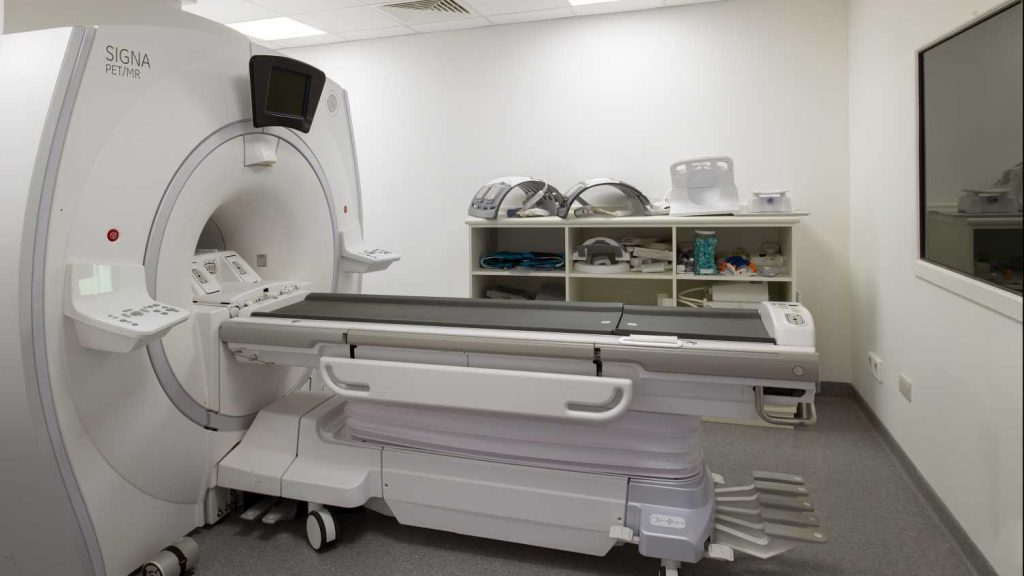
After your PET-MRI scan
When the scan is over, your radiographer comes back into the room and lowers the couch so that you can get up.
You might stay in the department for about 15 minutes so the staff can make sure there are no problems after having the injection of contrast medium. Your radiographer removes the cannula from your arm.
You should then be able to go home or back to work. You can also eat and drink normally. Drinking plenty after your scan helps to flush the radioactive tracer out of your system.
Someone will need to take you home if you have had medicine to help you relax (sedative). You won’t be able to drive for the rest of the day as you might be drowsy.
A very small amount of radioactive tracer is left in your body for a short time after your scan. So for the rest of the day keep any time you spend within arm’s length of pregnant women, babies or young children as short as possible. Your radiographer will advise you about this.
Air travel after your PET-MRI scan
Airports have sensitive radiation monitors which might pick up the trace of radiation after your test. As a precaution take your appointment letter with you if you’re travelling within a week of your scan. Then you can show the staff that the radioactivity is due to a scan.
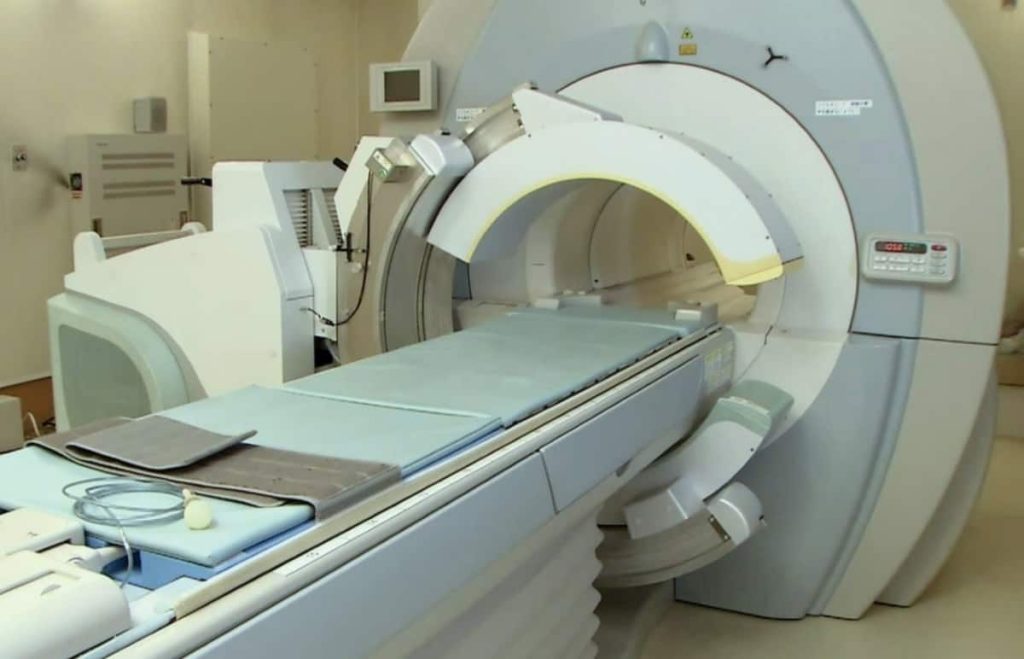
Possible risks
A PET-MRI scan is a safe test for most people. But like all medical tests, it has some risks. Your doctor and radiographer make sure the benefits of having the test outweigh these risks.
Some of the possible risks include:
Pregnancy
Pregnant women should only have the scan in an emergency. There’s a risk that the radiation could harm the developing baby. Contact the department beforehand if you are or think you might be pregnant.
Breastfeeding
If you are breastfeeding, let the department know a few days before your appointment. They will let you know if you need to stop breastfeeding for a length of time after having the radioactive tracer. You might need to store enough expressed milk for at least one feed.
Radiation
Exposure to radiation during a PET-MRI scan can slightly increase your risk of developing cancer in the future. Talk to your doctor if this worries you.
Kidney problems
There is a small risk that the contrast medium can affect your kidneys. Your radiographer checks your most recent blood test results before your scan to make sure your kidneys are working well.
Bruising and swelling
You might get a small bruise around the area where your radiographer puts the cannula in.
There is a risk that the radioactive tracer or contrast will leak outside the vein. This can cause swelling and pain in your arm but it’s rare and will get better quickly. Tell your radiographer if you feel any pain or swelling around the site.
Allergic reaction
Rarely, people have an allergic reaction to the contrast medium. This can start with a rash, weakness, sweating and difficulty breathing. Tell your radiographer immediately if you feel unwell so they can give you medicine to help. Or tell them before you have the contrast if you have had an allergic reaction to it before.
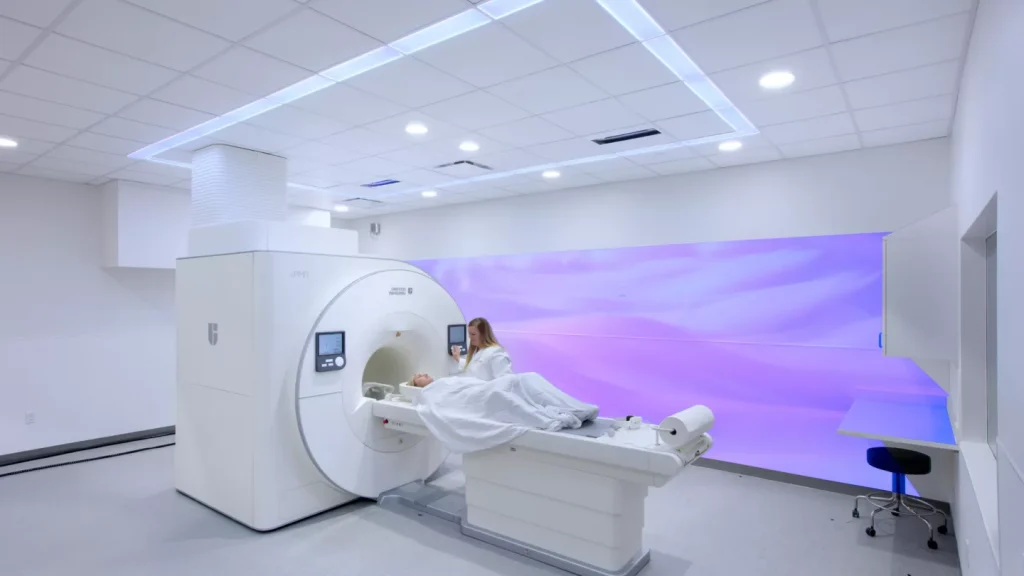
Getting your results
Your scan will be looked at by a specialist doctor and you should get your results within 1 or 2 weeks. You won’t get any results at the time of the scan.
Waiting for results can make you anxious. Ask your doctor or nurse how long it will take to get them. Contact them if you haven’t heard anything after a couple of weeks.
You might have the contact details for a specialist nurse. You can contact them for information and support if you need to. It may help to talk to a close friend or relative about how you feel.

